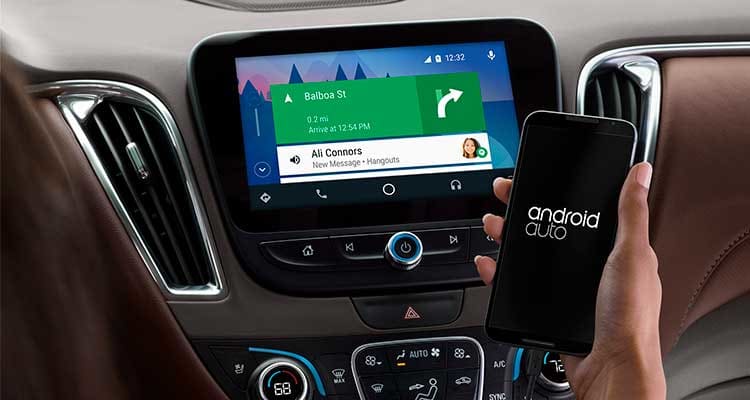Love everything about your car except its infotainment system? There's an app for that. Apple's CarPlay (shown above) and Google's Android Auto (shown below) systems bring the familiar functionality of smartphones to the car's screen, so there's no need to bother with a clunky automaker's system that was installed at the factory. All you have to do is plug your Apple or Android phone into any car that supports the system, and a modified version of your smartphone screen (with bigger icons and edited-down menus) appears on your dash monitor quicker than you can ask Siri for the score to last night's baseball game.
CarPlay and Android Auto work well for phone calls and reading back text messages. They also provide voice-activated navigation that's easier to use than the systems installed by most auto manufacturers. Another meaningful advantage of CarPlay and Android Auto: Cloud-based maps and points of interest are always up to date, eliminating the need for costly map updates. And the most current software is just a download away. (Automakers can have difficulties keeping their native software current.)
As good as CarPlay and Android Auto are, there are drawbacks: They won't work in older cars without an aftermarket head unit. And though more than 100 models since 2016 support them, that's only about one-third of new vehicles on the market.
CarPlay's music player can be cumbersome, and in GM models, it hides the outside-temperature display. On Android Auto, Pandora and Spotify have similar artist-song-album displays that rob unique features. In cars without a touch screen, such as Audi and Mercedes-Benz, you need to awkwardly use the system's dial controller. And switching to broadcast or satellite radio requires you to change from the smartphone app to the car's system.

Editor's Note: This article also appeared in the July 2016 issue of Consumer Reports magazine.
















